As an analogy, think of the memory in the computer as an Excel sheet. The equivalent of assigning a value to a variable in a C/C++ program would be to write something into a cell on the Excel sheet. Reading from a variable would be like looking at a cell's content.
Now, if you have a cell (say C3) whose content is "B8" you can interpret that content as a reference to another cell. If you treat the cell C3 in that manner, C3 becomes like a pointer. (In Excel, you can actually achieve this behavior by entering =B8 into C3).
In such a scenario, you basically state that the cell whose value you're interested in is referenced in C3. In C++, this could be something like:
int B8 = 42;
int* C3 = &B8;
You now have two variables that occuppy memory. Now, if you want to know what C3 points to, you'll use
int my_value = *C3;
As for function pointers: these are variables like ordinary pointers but the address (cell) they point to is not just a value but rather a function you can call.






